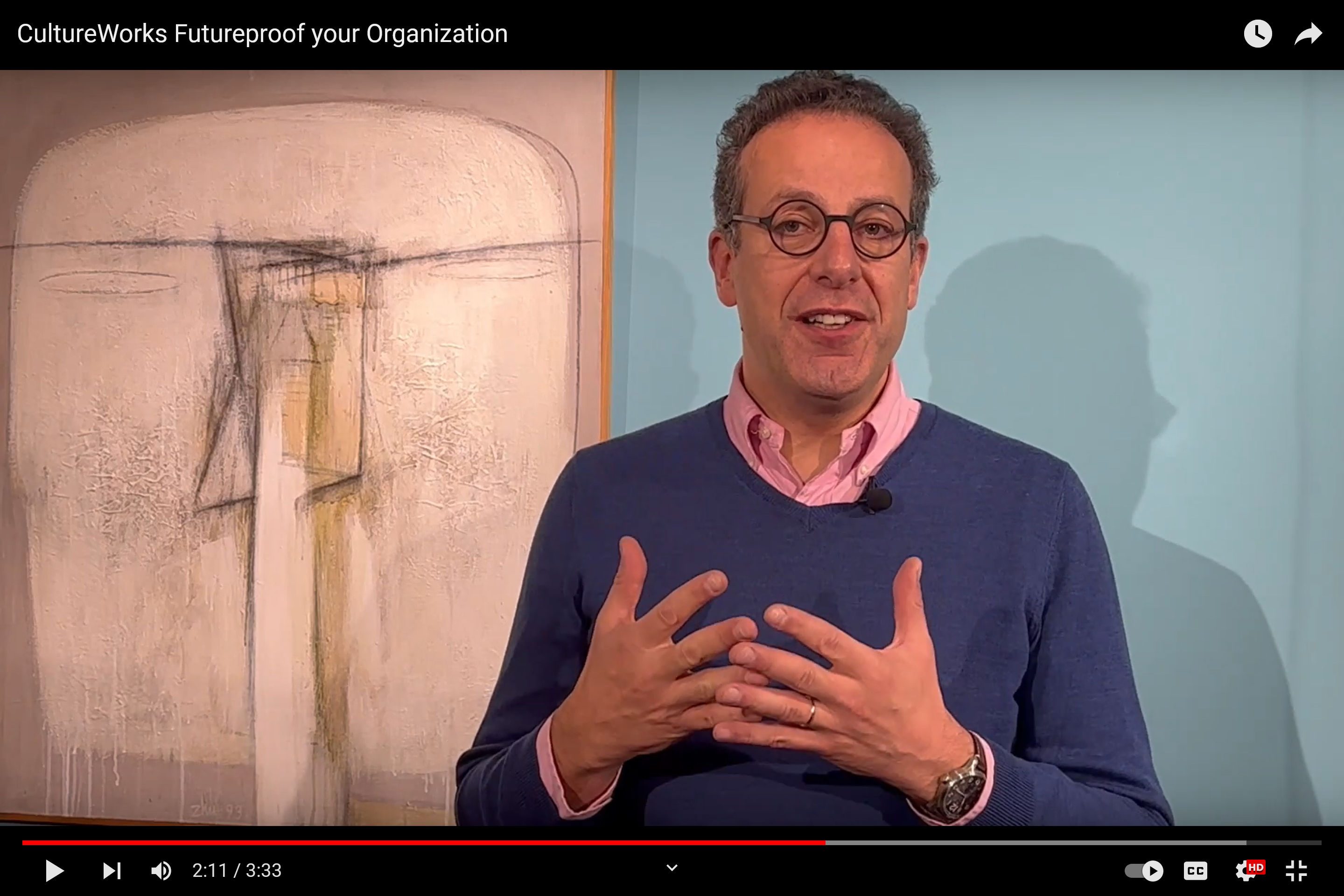- Build a common and concrete vision, with an inspiring purpose

Any change starts with the basic question of where you want to go (the “There”). This sets the direction for your actions. But it should go beyond a budget or profitability performance. If the vision does not inspire or if it is perceived as a constraint set by the management or the shareholders, you might face visible or invisible resistance. Have you been there already?
A common vision: your people can identify themselves to the vision. For example, a significant progress towards it would make all feel genuinely proud.
A concrete vision: team members can identify tangible signs or events (measurable or not), which would occur when approaching it.
Around an inspiring purpose: “this is the organization’s reason for being. It doesn’t just describe the organization’s output or target customers; it captures the soul of the organization and what it offers to society.” (Collins and Porras)
Recently, the Managing Director for the largest regional office of a leading chemical distributor (private equity owned) asked me to support a stronger alignment & focus within his new management team. One of the challenges was to regain focus at sales activities & effectiveness. During a 2-day workshop, the management team created an engaging vision with quantitative and qualitative parameters. As a result, the direction got clearer and the motivation higher, so that we could design a transformation plan with actionable priorities.
- Keep your focus at the 4 to 6 most relevant leverages to reach your goals
When time and money get scarce, focus is key to succeed complex projects like changing the functioning of an organisation. The key question is “what are the most relevant and effective levers to approach your goal?”
The Board of a group of 55 public Flemish schools in Brussels hired me to support the design of a 5-year transformation plan. Two years ago, its large management group identified numerous initiatives in many areas to improve the quality of education and the efficiency of their organisation. They theoretically designed the “perfect” organisation but since then, they have experienced difficulties to translate these intentions into real actions and results. As Program Manager, I have focused at identifying priorities with concrete projects, which will enable to build successes in a 1st phase. Although the choice of priorities is difficult, the project-teams regain enthusiasm because it gets more concrete.
- Invest in building trust among your people
Without trust, there is not relationship. Without relationship, there is no coherence within your organisation. And without internal coherence, you cannot perform well as an organisation.

Richard Barret, author of “the new leadership paradigm” offers an interesting model about the components of trust.
This model has already helped me identify what goes well and what goes wrong in a team experiencing a lack of trust.
- Align theory with practice

In other words, align your vision, values and strategy with what really happens in your organisation (behaviours, processes, systems & symbols). Such alignment generates coherence and positive emotional engagement among your employees, customers and stakeholders.
The CEO of a technical consultancy firm hired me to help him grow his business in a new market segment. In a meeting room, there was this frame with the firm’s core values, one of them being “we strive for clients’ satisfaction”. Part of my action was to fix some misalignment with this statement. For example the sales process was rather pushing their “standard” expertise than listening and responding to the needs and priorities of their prospects and clients. Or no structured review of their clients’ satisfaction took place. Filling these gaps between their intention and their ways of working was necessary and also improved their sales & account management results.
- Set up objective measurement & monitoring tools to create accountability on transformation execution
In a business as usual (BASU) mode, you are of course monitoring the performance of your company or team. This is most probably how you have identified needs for incremental of drastic changes. But how do you monitor your change projects? Because transformation initiatives are temporary, monitoring KPI’s is often overlooked. But change periods are critical and can quickly go wrong.
One of the largest private equity funds trusted me to support the advanced due diligence of an industrial company. Over a few weeks, I was asked to assess the sales (BtoB) performance of the commercial teams in several European countries and identify its potential & priorities for further improvement. Few months earlier, the company had initiated a very interesting program to better manage their key accounts. Based on interviews, it became obvious that although the intention and the tools had been communicated, the actual change occurred very superficially and therefore ineffectively. This helped the “due diligence team” to better evaluate future revenues & restructuring costs.
Inspiring reading
Finally, I would like to invite you to read “Delivering Happiness: A Path to Profits, Passion, and Purpose” by Tony Hsieh, CEO of Zappos.com. This is a very inspiring reading on how this value-based management style has contributed to make Zappos the leading online shoe-retailer. Founded in 1999, it reached sales of 1bn$ in 2008 and was taken over by Amazon in 2009 for about 1,2bn$. This company demonstrates an exceptional level of employee engagement to turn customers into raving fans.
I definitely enjoy helping leaders to operationally transform their business & organisation towards more coherence & positive energy, stronger people engagement and client satisfaction and ultimately greater results and contribution.
Please let me know if you found this information of interest and let’s talk about it !
Kind regards,
Lionel Frankfort





